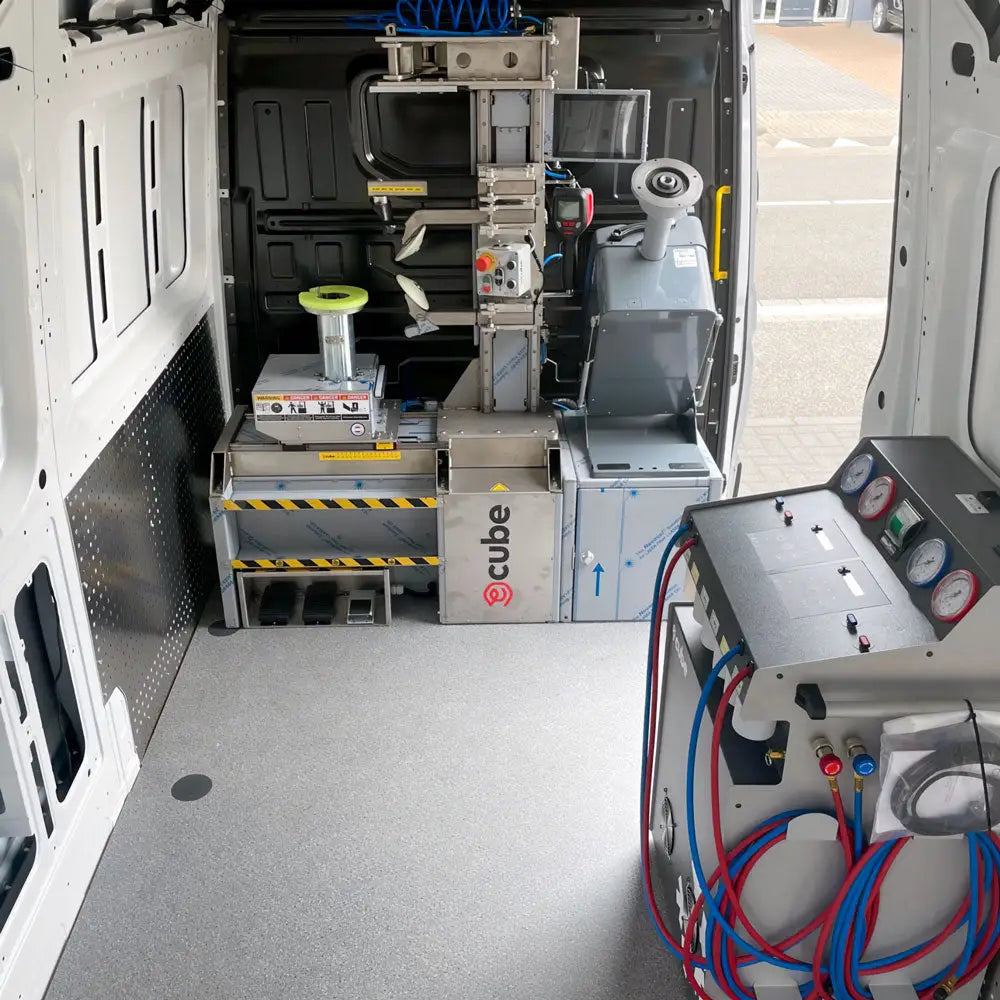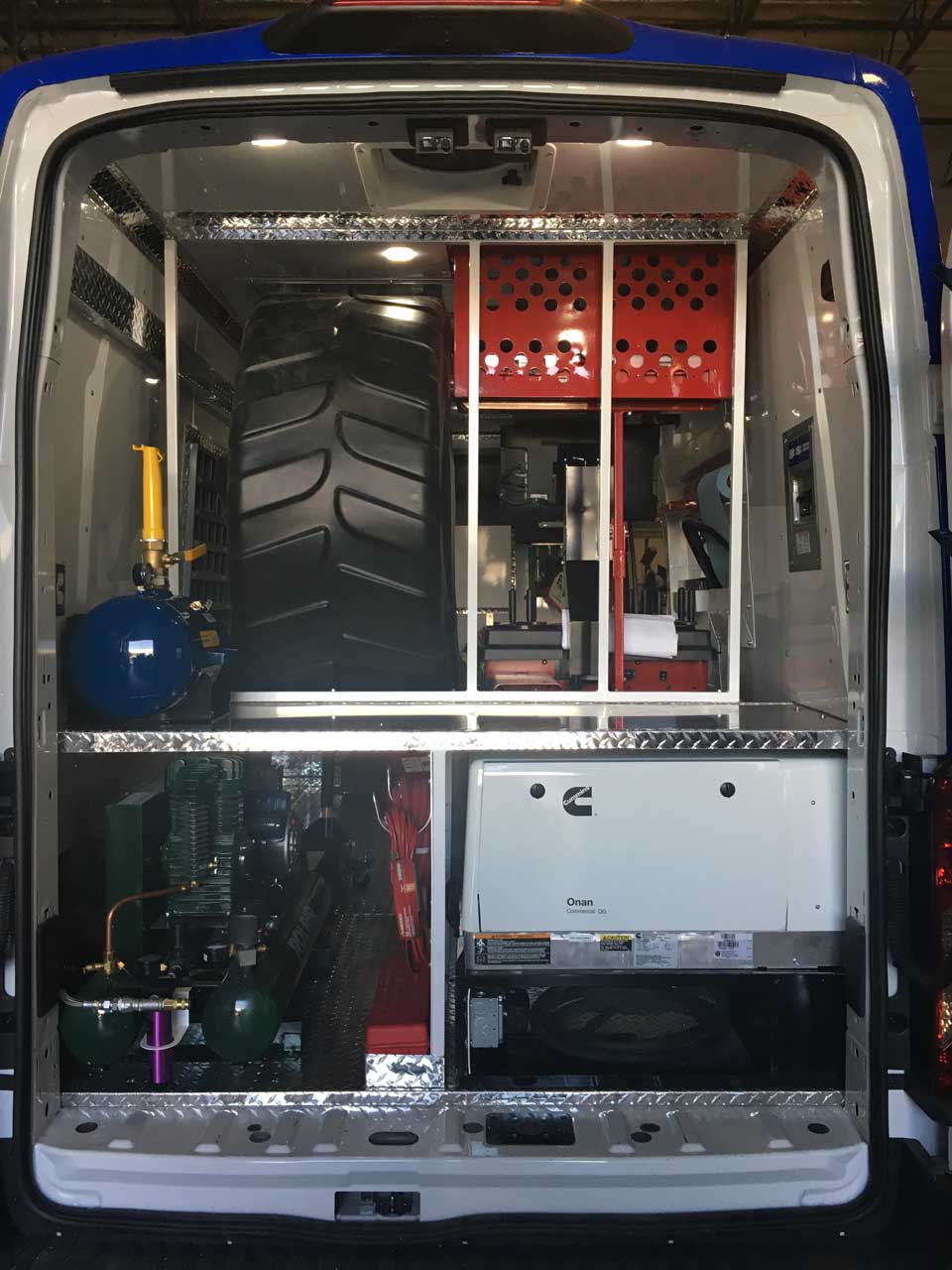Practical Mobile Tire Service in Las Vegas at Your Front door
Practical Mobile Tire Service in Las Vegas at Your Front door
Blog Article
Tire Service: Proven Approaches for Ideal Tire Upkeep and Care
Keeping ideal tire condition is vital for both safety and efficiency of any type of vehicle. From ensuring proper tire stress to routine rotation and placement, there are tried and tested techniques that can considerably extend the life-span of your tires and improve overall driving experience. As we discover the complexities of tire care and upkeep, we will discover important standards that every car owner must abide by for the very best possible outcomes. Allow's dig right into the world of tire solution and uncover the tricks to maintaining your tires in first-class form for the long run.
Significance of Tire Pressure
Appropriate tire pressure is an essential element in ensuring optimum vehicle performance and security when driving. Maintaining the recommended tire pressure levels given by the maker supplies countless advantages. To start with, appropriate tire stress advertises far better gas effectiveness, as under-inflated tires can result in boosted rolling resistance, triggering the engine to work more difficult and consume more gas. Secondly, right tire pressure guarantees even step wear, boosting tire durability and saving cash in the lengthy run by postponing the need for early substitutes. In addition, appropriately inflated tires contribute to improved handling and stopping capabilities, crucial for safe driving in numerous road problems. Over-inflated tires, on the various other hand, can result in reduced grip and a harsher experience. Conversely, under-inflated tires are vulnerable to overheating, which can bring about blowouts and mishaps. On a regular basis checking and readjusting tire stress, particularly eventually journeys, is a straightforward yet efficient means to enhance vehicle efficiency, extend tire life expectancy, and focus on safety when driving.
Tire Turning Standards
When considering tire rotation guidelines, it is essential to comprehend the relevance of this maintenance task in making best use of tire life expectancy and maintaining optimum car performance. Tire turning entails changing the placement of each tire on an automobile to make sure also tread wear. Front tires have a tendency to put on a lot more quickly than rear tires due to guiding pressures, making normal rotation vital for well balanced wear patterns.

Benefits of Wheel Positioning
Making certain appropriate wheel alignment after tire turning is crucial for keeping balanced wear patterns and making best use of lorry efficiency. Wheel alignment describes the adjustment of the angles of the wheels to the supplier's requirements. One of the key advantages of wheel alignment is boosted managing and steering response. When the wheels are effectively lined up, it reduces guiding effort, making sure a smoother and much more regulated driving experience. Furthermore, right wheel alignment aids to extend the life-span of your tires. Misaligned wheels can cause unequal tire wear, bring about premature tire substitute and increased upkeep prices.

Tire Footstep Depth Examine
Executing a normal examination of tire walk depth is important for keeping risk-free driving conditions and lengthening the life-span of your tires. Unequal walk wear can show problems with tire stress, Learn More suspension, or positioning, highlighting the relevance of routine tread deepness checks. By integrating tire walk depth checks right into your routine upkeep timetable, you can drive with self-confidence understanding that your tires are in top problem.
Seasonal Tire Evaluation
Seasonal tire inspection is a fundamental aspect of tire upkeep that makes certain tires are all set to deal with the difficulties posed by various weather condition conditions. In preparation for winter, it is crucial to check the tire stress consistently as cool temperature levels can cause tire stress to drop. By carrying out routine seasonal tire inspections, vehicle drivers can extend tire life expectancy, enhance fuel effectiveness, and most significantly, ensure a safe and secure driving experience in varying weather problems.
Conclusion
Finally, maintaining correct tire pressure, revolving tires on a regular basis, lining up wheels appropriately, click this site monitoring walk depth, and performing seasonal evaluations are essential methods for optimal tire treatment. By complying with these proven look at these guys techniques, drivers can guarantee their tires last longer, do better, and add to overall automobile safety. It is very important to focus on tire upkeep to prevent mishaps, boost fuel effectiveness, and lengthen the life expectancy of tires.
Sufficient tire stress promotes better gas performance, as under-inflated tires can lead to enhanced rolling resistance, causing the engine to function more difficult and take in even more gas.When thinking about tire turning guidelines, it is essential to comprehend the value of this upkeep job in optimizing tire life-span and preserving optimal automobile efficiency. Seasonal tire examination is a fundamental aspect of tire maintenance that guarantees tires are all set to deal with the difficulties postured by various climate problems. By conducting regular seasonal tire examinations, vehicle drivers can lengthen tire lifespan, boost gas performance, and most importantly, guarantee a protected driving experience in varying weather condition conditions.
In final thought, maintaining appropriate tire pressure, turning tires frequently, lining up wheels properly, keeping track of step depth, and conducting seasonal inspections are important practices for optimal tire treatment.
Report this page